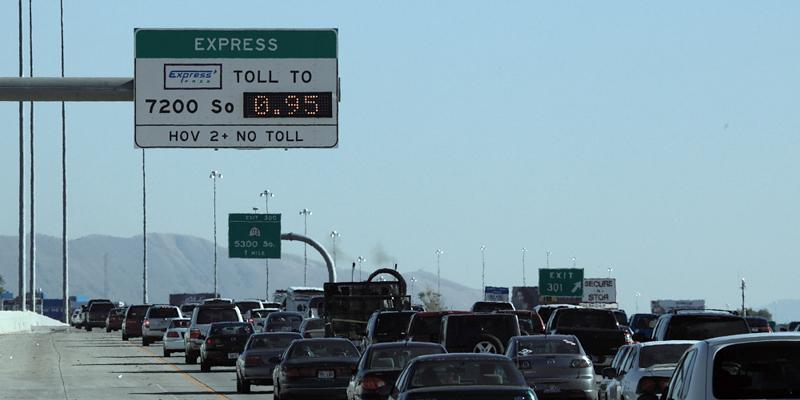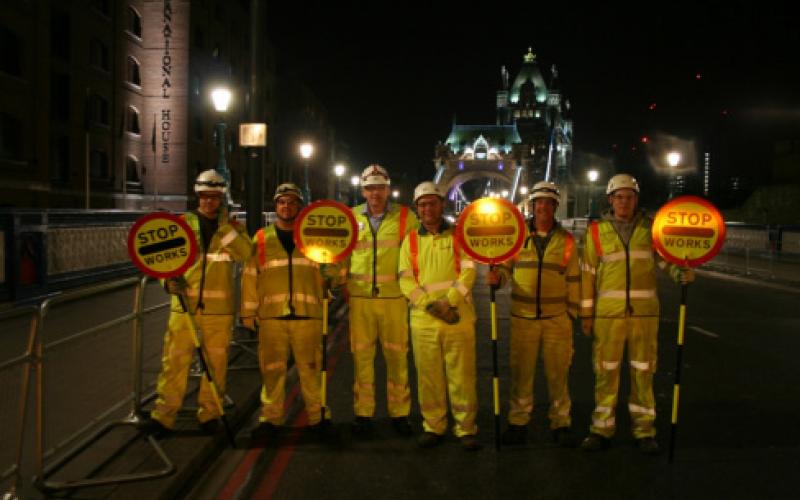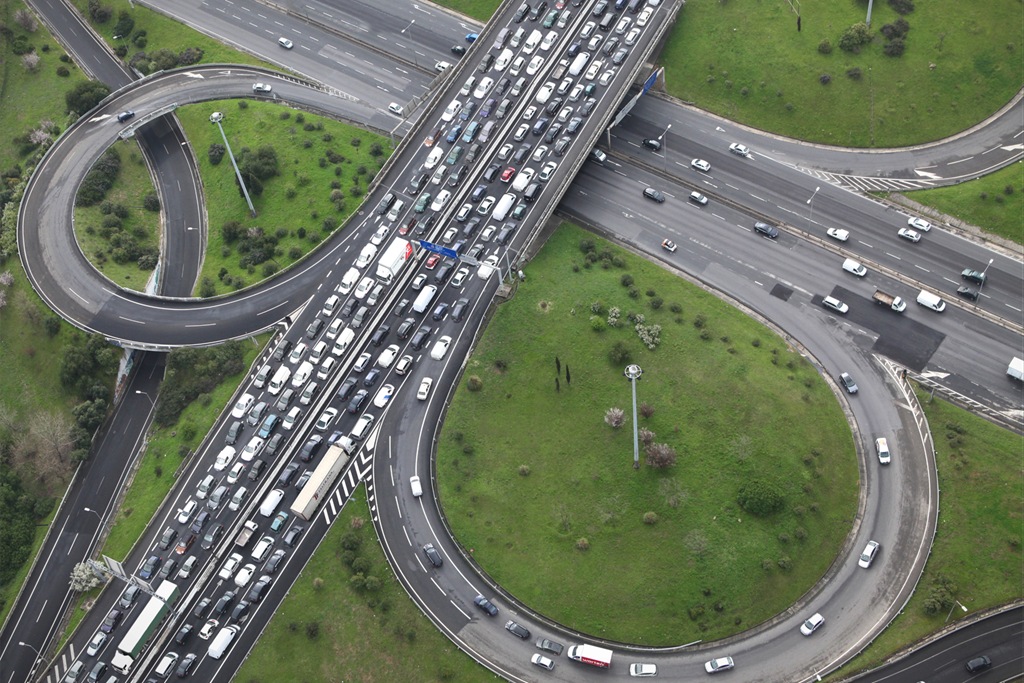
In an AET environment, the toll system has a mere 200 milliseconds to accurately process a vehicle and its associated information. There are many variables at play when capturing vehicle data, such as allowing for different shapes and sizes of vehicles, varying speeds from 0 to 100 mph, lane changes within the tolling zone, and the existence or absence of transponders. Much of the information processing, such as capturing the image of the license plate, has to be completed in only 100 microseconds! Even with these challenges, the transaction must be captured accurately, coupling the toll tag information to the correct car. More importantly, license plate images must be captured for all vehicles, especially vehicles without transponders or properly functioning ones.

At the roadside, there are a few key components that operate independently as separate systems, yet function together as a single coordinated unit within the Infinity∞ system to build a vehicle transaction:
We use an innovative approach to AVI radio frequency (RF) field management to enhance our ability to track and correlate tags. A typical AVI arrangement has an antenna in the center of each lane and antennas on the stripes between lanes. The antennas are tuned to limit the RF field to the lane where the antenna is located in order to attempt to discriminate RF reads to specific lanes. In this configuration, the stripe antennas serve to plug potential holes in the RF read zones that can occur due to this tight lane discrimination. In our innovative approach, we configure the angle of the antennas to allow the RF to cover its lane completely and also cover part of the adjacent lane or shoulder. This provides a substantial field of coverage from the RF energy. Because of this overlap, there are no holes in the read zones. When a vehicle travels through the tolling zone, it will potentially be detected by multiple antennas, thus providing redundancy if an antenna or reader fails. This configuration also allows detection of the tag location by comparing the number of reads on each antenna. Cross lane reads are in fact desirable because it allows the overall tag correlation logic to work.
HTET provided Highway England with a free-flowing Open Road Tolling (ORT) operations and toll collection system. The ORT solution includes a fully-integrated, end-to-end toll system, including a Customer Service Center and Violation Processing Center. It enables barrier-free, multi-lane electronic toll collection and is used with the world’s only battery-free, read-write transponder.HTET also provides maintenance support 24/7 through its Maintenance Online Management System (MOMS).


To manage the increasing vehicle demand on M25 in England, HTET installed an electronic toll collection (ETC) infrastructure along the high occupancy vehicle (HOV) lanes of M25.The HOV lanes were opened as Express Lanes to single-occupant vehicles (SOV). A dynamic pricing system and aggressive traffic monitoring ensures that a minimum 55 mph speed is maintained on the roadway. As traffic builds in the Express Lanes, the price for single-occupant vehicles increases to limit the number of paying vehicles using the lanes.
Liaison with Wilson & Scott and the client during the course of the planning and implementation of the project. This consisted of the installation of the blue running line throughout the London marathon course and involved a range of different TM techniques, such as road closures & diversions, Stop & Go traffic control and mobile lane closures.

At the roadside, there are a few key components that operate independently as separate systems, yet function together as a single coordinated unit within the Infinity∞ system to build a vehicle transaction:
Stephen Scott, Managing Director, Wilson & Scott (Highways)ltd.
"I’d like to say a big thank you to you and your staff for the excellent work last Friday night. It went so smoothly and quickly. We had several comments from the organisers saying that the line was better than usual. We also enjoyed a good day getting the line off on Sunday and that was also a record in speed of removal. Thanks again for your professional and safe traffic control."This £200 million HA ECI scheme involved construction of a new J13 between the M1 and A421 and creation of a dual two lane carriageway between J13 and Bedford. Construction of the new A421 was carried out through a mixture of offline new build and online widening. Additional works included extensive tie-ins and improvements to adjoining roads including the A6. TM works to facilitate this included:
Phil Clifton, Project Director -
“Overall performance on the A421 has been excellent. Have shown a refreshing openness and willingness to "get stuck in", have a very good design capability and knowledge of the network and recognise that they need to be flexible to meet the needs of the construction process”At the roadside, there are a few key components that operate independently as separate systems, yet function together as a single coordinated unit within the Infinity∞ system to build a vehicle transaction:

Follow us: